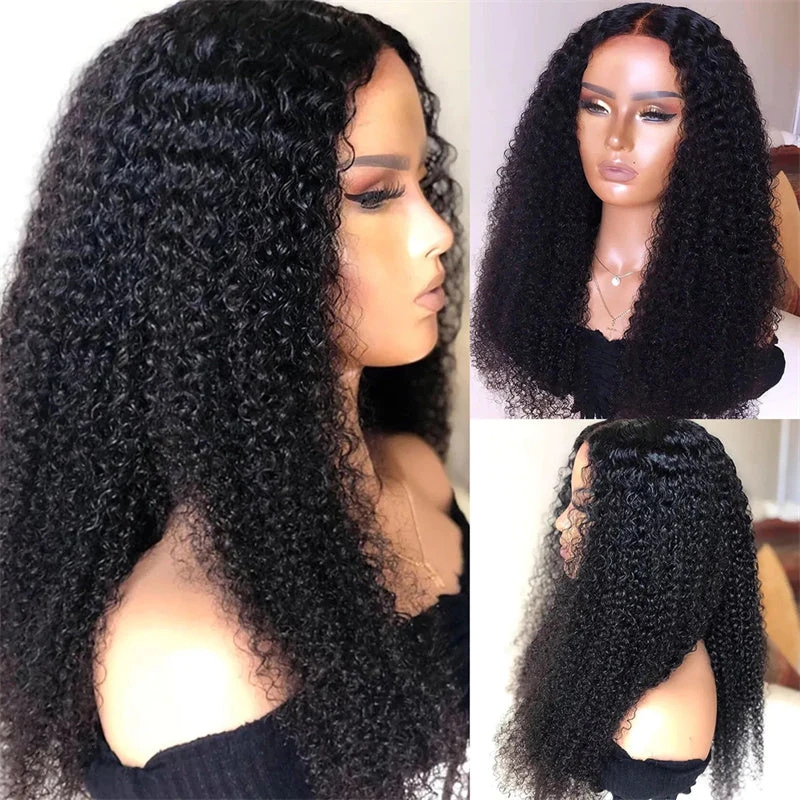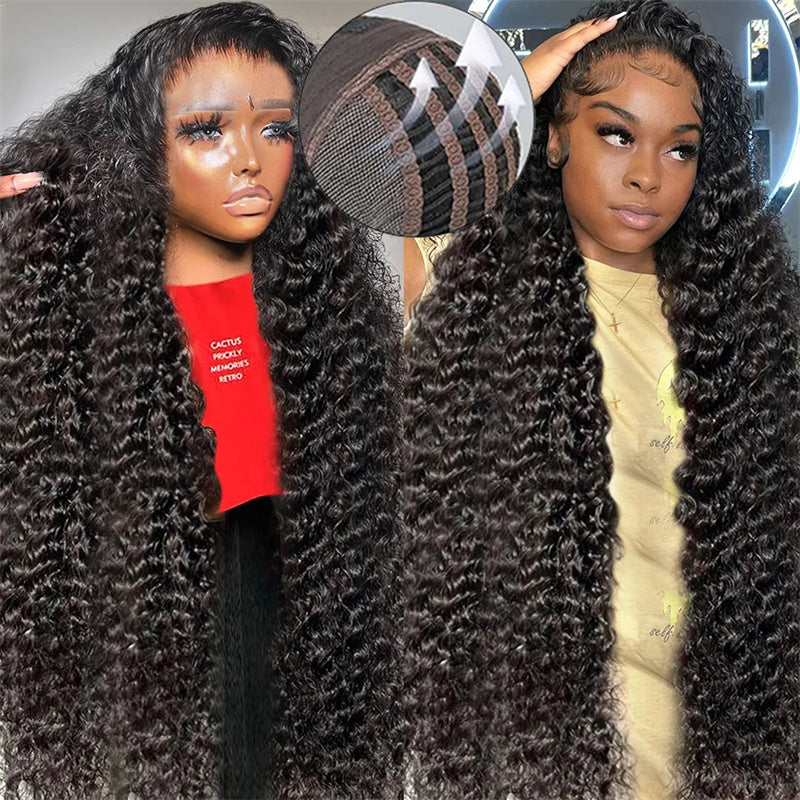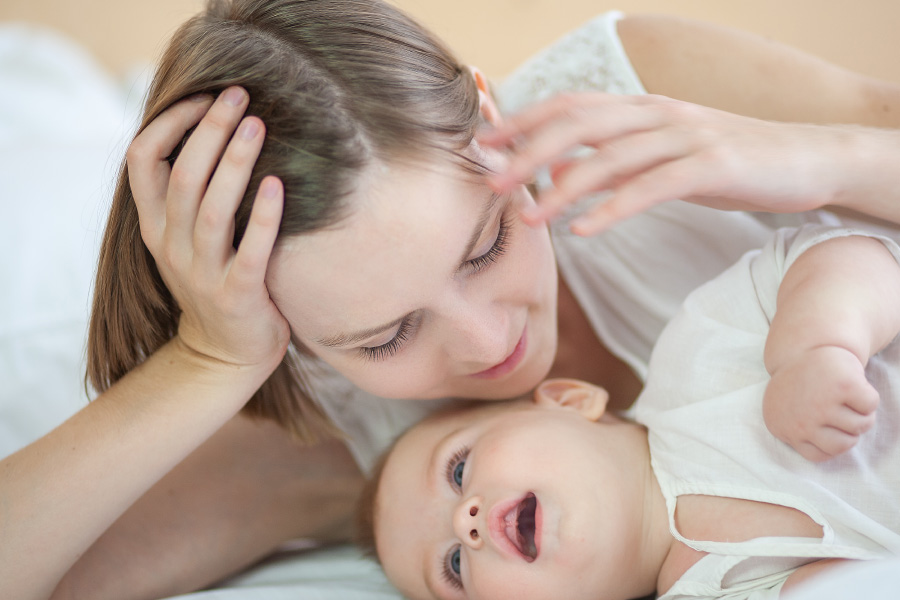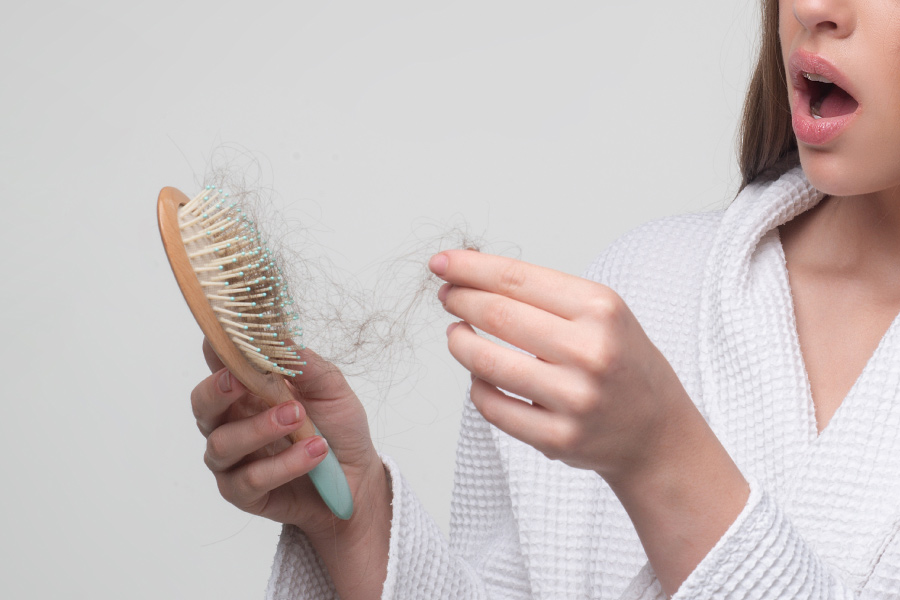The arrival of a newborn brings so many unexpected joys and challenges (we're looking at you, postpartum hair loss). Between the well-deserved congratulations and fawning over your beautiful baby, the last thing you're probably thinking about is your hair. That is until you realize it’s falling out or shedding more excessively than normal.

Hair fall after pregnancy is totally normal; around 40-50% of women will experience hair loss two to four months after they give birth. Still, it can take a taxing toll on an already stressful time–sleepless nights and hair fall. What can you do?

Thankfully, post-pregnancy hair loss is temporary. Keep reading to learn what you can do to maintain your mane in the meantime.
It's no big secret that pregnancy and childbirth cause your body to undergo many changes. And some of these changes can wreak havoc on your hair. While it may feel like you're losing your tresses by the fistful, technically, postpartum hair loss is not true hair loss but just excessive shedding. Women normally lose between 50 to 150 strands per day. After childbirth, that number tends to jump to 300+ strands a day—and there are a few reasons why.
During pregnancy, high estrogen levels prolong the hair's growth phase, which is why you probably had such thick, luscious locks during those nine months. But after you give birth and your estrogen levels dip back down to normal, hair enters the resting (or shedding) phase much faster than usual. So, all of that hair that should have shed during pregnancy is now coming out all at once, clogging up your brushes.
Additionally, the stress and trauma of childbirth can essentially "shock" your hair follicles into the resting phase (also called the telogen phase). This type of hair loss is called telogen effluvium, and it's caused by an abrupt change in your body, such as pregnancy, childbirth, a severe infection, major surgery, or significant weight loss. It may be alarming, but trust us—it's in no way permanent.

As a new mom, your brain is already in overdrive, worrying about a million different things. You don't need to add "going bald" to your list of post-pregnancy concerns. Sure, it's not fun to watch your once-luscious hair circle the drain, but hair fall after pregnancy is totally natural.
That said, it's still important to know the signs and symptoms associated with postpartum hair loss, so you don't mistake it for another issue. Here are a few things to look out for:
Hair falling out postpartum usually happens within six months of giving birth. Not all women experience it, and some women experience it during one pregnancy and not another. While it's a totally normal side-effect of bringing life into this world, you can always speak to your doctor if you're concerned about how much hair you're losing.

Having a clear definition of what "normal" means is crucial—especially if you feel your heart racing every time you run your fingers through your hair and strands fall out.
So, how much postpartum hair loss is NBD? Well, according to the American Academy of Dermatology, hair shedding begins around four months after giving birth. By the time you're bringing out your kid's first birthday cake, your hair should be back to its post-pregnancy glory. If it isn't, don't fret. Everyone's follicles move at a different pace. However, you may want to make an appointment with your doctor after that one-year mark just to rule out any other issues that may be at play.

Patience is a virtue, and chances are you don't have a ton of it to spare now that you're responsible for another human being. This may be the last thing you want to hear, but the best way to combat postpartum hair loss is to wait it out. Remember, your hormones are all over the place, and it'll take some time for them to stabilize.
But while the best treatment for postpartum hair loss is to sit back and let your body do its thing, there are some things you can do to support your strands.
Now is not the time to give your hair a daily curl. Heat-based tools and harsh chemical treatments will only dry out your hair, making it more likely to break. So put away your flat iron, curling iron, and even your blow dryer for a few months so your strands can recover.
If your pregnancy cravings had you perusing the chips and cookies aisle more than the produce section, now's the time to make up for it. Eating a nutritious diet with plenty of protein, healthy fats, vitamins, and minerals will give your body the best chance to produce strong, healthy hair. Opt for foods like salmon, avocados, nuts, seeds, sweet potatoes, and leafy greens to get the nutrients your strands need to thrive.
In a perfect world, you would get all your necessary nutrients from your plate. But since that's not always possible, taking hair-friendly vitamins is a good way to bridge the gap. Schedule a blood test with your doctor to see if you're deficient in biotin, iron or other nutrients that are key to hair health. If you are, they can prescribe you a supplement or direct you to an over-the-counter option.
When we're stressed, our body goes into fight-or-flight mode and conserves all of our precious energy to combat whatever monster is "threatening" our safety—even if that monster is just a colicky newborn. That means non-essential functions, like hair growth, pretty much grind to a halt. So do whatever you can to de-stress: take a yoga class, get a massage, read a book, take a bath—whatever works for you.
Dry strands are more likely to snap. So, in addition to ensuring you're getting enough H2O, switch out your regular shampoo and condition for ones that have hydrating ingredients like coconut oil or aloe vera. You may also want to try a leave-in conditioner to help lock in moisture.
As much as you may want to grow your hair out, regular trims are vital to keeping your hair healthy and strong. Plus, they can help prevent split ends from traveling up the shaft and causing breakage. So stick with your regular salon appointments, and ask your stylist for some layers, as they can help give your hair some extra volume and lift.
We already told you to reduce stress, and what better way than by giving yourself a relaxing scalp massage? This simple post-pregnancy hair loss treatment will kill two birds with one stone by increasing blood flow to your follicles (which can promote growth) and giving you some well-earned rest. Just add a few drops of lavender oil to some coconut oil and massage it into your scalp for 5 to 10 minutes before shampooing as usual.
When searching for how to prevent postpartum hair loss, you know that every strand counts. That's why it's crucial to add an anti-shedding treatment like INTACT to your hair regime. This powerful blend of natural ingredients helps to fortify your follicles and secure them at the root, so you lose less hair during high-shed activities like washing, brushing and styling. Click here to learn more about how INTACT can help you keep your postpartum hair loss to a minimum.
When you're dealing with hair fall after pregnancy, the simple act of doing your hair can feel like a delicate operation. Every brush stroke and shower scrub feels like it could be your last before a precious strand falls out. And let's be honest—with everything else you have going on, the last thing you want to worry about is your hair.
INTACT Anti Hair Shedding Treatment was created to give you one less thing to worry about. Formulated with our patented PiliLock® Sevilla Orange Complex, INTACT stimulates the tiny muscles that surround each of your hair follicles so that they constrict each strand and lock it into place. This isn't just some gimmicky product—it's backed by science. In a clinical study, INTACT was proven to reduce hair shedding by up to 77% in the first use.
All you have to do is apply INTACT to your hair 30 minutes before you hop in the shower. The PiliLock® Sevilla Orange Complex gets to work right away and will continue to protect your strands for up to 3 hours—which gives you plenty of time to tame your mane without fear or shedding. INTACT can't speed up the time it takes your hair to grow back, but it is one of the most effective postpartum hair loss remedies available to help you keep the hair you have.